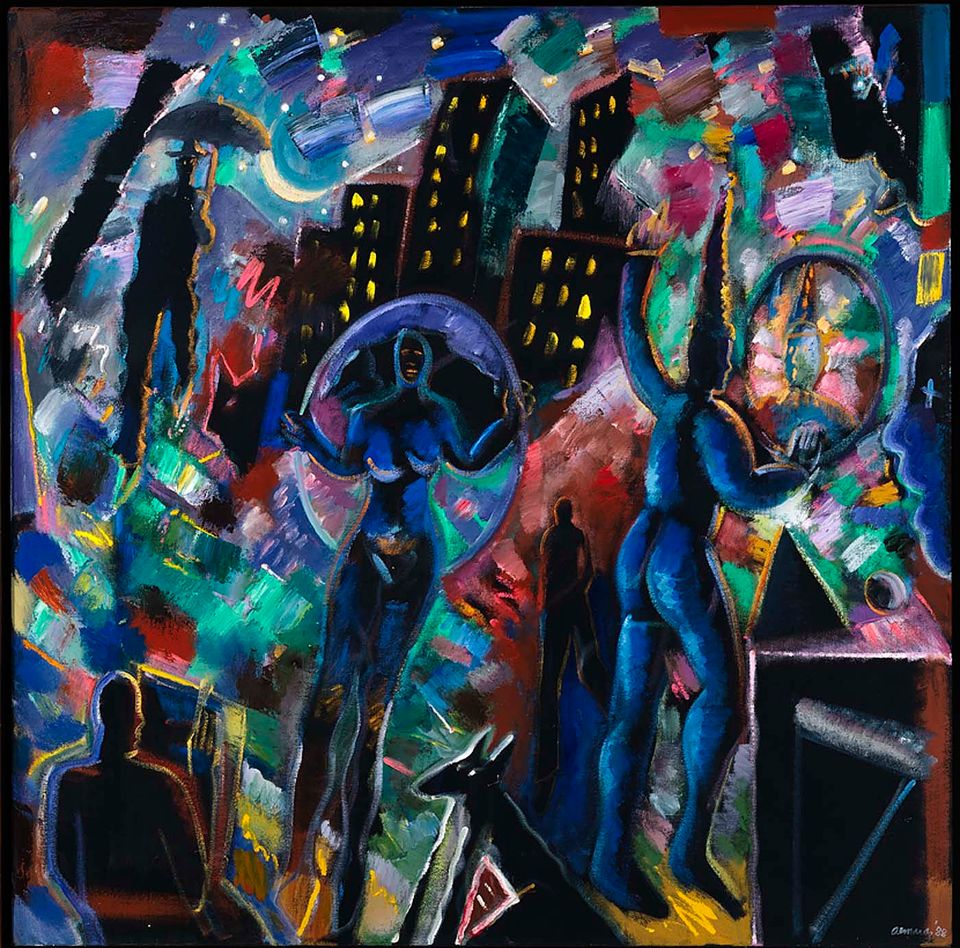Copied
Jesús Moroles, Georgia Stele, 1999, Georgia gray granite, 82 x 12 1⁄4 x 8 in. (208.3 x 31.1 x 20.3 cm.), Smithsonian American Art Museum, Gift of the artist, 1999.25
Copied
Artwork Details
- Title
- Georgia Stele
- Artist
- Date
- 1999
- Location
- Not on view
- Dimensions
- 82 x 12 1⁄4 x 8 in. (208.3 x 31.1 x 20.3 cm.)
- Credit Line
- Gift of the artist
- Mediums
- Mediums Description
- Georgia gray granite
- Classifications
- Subjects
- Abstract
- Object Number
- 1999.25
Artwork Description
Videos
Exhibitions
October 25, 2013–March 2, 2014
Our America: The Latino Presence in American Art presents the rich and varied contributions of Latino artists in the United States since the mid-twentieth century, when the concept of a collective Latino identity began to emerge.














